Sail GP: T Foils to replace TNZ 3pt system





—
Sail GP : T Foils to replace TNZ 3pt system.
“Old news” from Nov 23, but quite a change for the 3pt foiling system introduced by Team New Zealand at San Francisco Americas Cup. The T foil has been used for a while, even tested for C-Class racing in the past (without success) and later was adopted in foiling cats by Michele Petrucci’s S9 with great flight results.
Drawbacks of the T foils for cats are the launching issues plus the off platform width reach and specially we have to duplicate x2 the Moth proven system, which elevate costs plenty.
The TNZ 3pt system trickled down successfully to racing cats like the FP and Nacra F20, for A-Cat single handed was not an option on the raise/down task at each tack/gybe. Thus the 4pt was adopted.
Lates adoption in a racing cat platform has been the TF35, the new lake racing Queen which replaced the floating mode D35. TF35 has an advanced T foil system filled with sensors et all.

Flaps:
The main difference with this new Sail GP F50 test, is that the T itself has no moving parts, no trailing edge flap used in the Moth, S9 or TF35 platforms. This setup was tested on an 20′ Eagle cat (see here) but the issue with a fixed T foil is you cannot have a proper height control (achieved with the flap in above platforms).
Windsurf foils and Wing/Kite foils rely on fixed T Foils, but the height control is dynamically given by the rider himself.
So how the Sail GP F50 will manage a flapless T foil to perform ? Well, they will use the J/L foil rake system already in use, and the entire Foil vertical arm will trim the lower T foil accordingly. We’ll make some graphics coming days.
Below official tech report published by Sail GP. Source here:
REVEALED: SailGP’s in-development T-Foils produce ‘unexpected’ performance gains in first testing phase
SailGP’s new T-Foils are set to enter their second testing stage in Dubai after the first on-water tests in Cadiz indicated significant and unexpected performance gains in light winds.
Set to replace the current L-Foils in Season 5, the T-Foils were designed to improve the performance and control of the F50s at high speeds. The new design eliminates the issue of negative loads damaging the foil structure and reduces loads on the board cases, reducing the amount of maintenance and repair needed.
Season 4 // Close up of T-Foil testing on board Canada F50 in Cadiz
Constructed from machined titanium and carbon, the T-Foils have thinner sections than the current L-Foils, allowing them to delay the onset of cavitation by around 11 km/h / 6 knots.
When combined with the in-development rudders, also due to be trialed in Dubai, the onset of cavitation will be delayed further still, resulting in increased control and higher speeds. The expectation is that the current speed record of 99.94 km/h will be broken by speeds approaching 110 km/h (59 knots).
How the T-Foils are made
The vertical section of the daggerboard is made up of six ‘shear webs’ manufactured separately, wrapped in off-axis carbon and then combined to form the foil. The vertical section is encapsulated in high modulus carbon skins and additional laminate before being machined to its final shape. The foils are then completed with a printed titanium trailing edge and carbon cloth cover layer.
The T-Foils were first fitted to the F50 in Saint-Tropez and Taranto, allowing software and control system testing to take place in the shed.
The first on water trials saw the ROCKWOOL Denmark SailGP Team test the new foils on the Canada F50 after racing in Cádiz, with athletes and engineers reporting an increase in boat speed. One key outcome was the F50’s ability to foil in lighter winds than usual – a surprising result given the T-Foils are around 80kg heavier combined than the existing L-Foils.
The first on water tests, executed by Danish driver Nicolai Sehested, saw the team ‘work up the boat’, from two hulls in the water, to one hull, and finally to foiling in a straight line. The light wind conditions of 13-16 km/h meant there was not sufficient wind to sail upwind or downwind, but just enough to allow the F50 to foil on a reach.
“I thought we might need more wind, but the boat took off and the performance was impressive,” said head of performance engineering Alex Reid. The teams were able to complete seven of the eight scheduled tests before the wind became too light, with all completed tests described as ‘very successful’ by Reid.
“We were making sure that the system operated in a certain way, that the loads were as expected and, when the loads got too high, the system took the correct action – which it did,” he said.
The 8th test, the last straight line test, could not be completed in the wind conditions and will instead be undertaken at a later date. This will monitor the foils as the F50 performs ‘S curves’ which, Reid explained, will ‘put positive and negative side-force on the boat and more dynamic loads onto the system’.
The first on-water testing stage allowed the engineering teams to focus on a key area of interest – the board case.
The case, Reid explains, is ‘really strong in one direction’ to compensate for the L-Foil’s tendency to ‘move the head of the board outwards’. However, the new T-Foils could allow the load to go the other way. “The board case is not as strong in that direction, so we need to guard against that.” This means the introduction of ‘new software, systems and sensors’ is necessary to protect the board case.
Season 4 // Close up of stowed T-Foil while testing in Cadiz
Initial on-water testing saw a top speed of 59 km/h (32 knots) – four times the wind speed and roughly 15% faster than the L-Foil configuration in equal conditions.
Looking ahead, testing will resume in Dubai, with the new foils trialed in bearaways, round-ups and tacks and jibes. “Depending on how things go in Dubai, we’ll start to get the athletes sailing around the course and pushing the boat harder and harder so we can make sure everything is how it should be,” Reid said.
Testing will likely continue in a wide range of conditions until the end of Season 4, with the aim of introducing the new foils at the beginning of Season 5. With the new boards installed, development and testing will continue on a light-air version of the T-Foil to replace the current light-air L-Foils and the already in-development rudders.
This first set of T Foils and new rudders is the next step in the constant evolution of the F50s, which will also include significant modifications to the foils and boats in Season 6 and beyond.


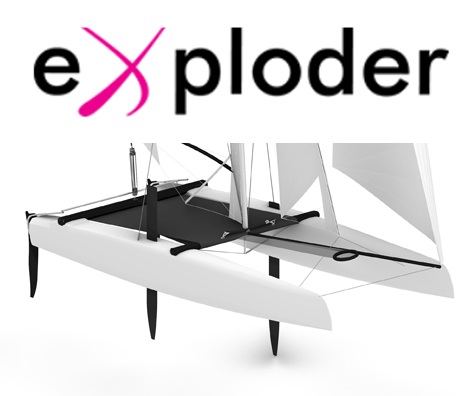
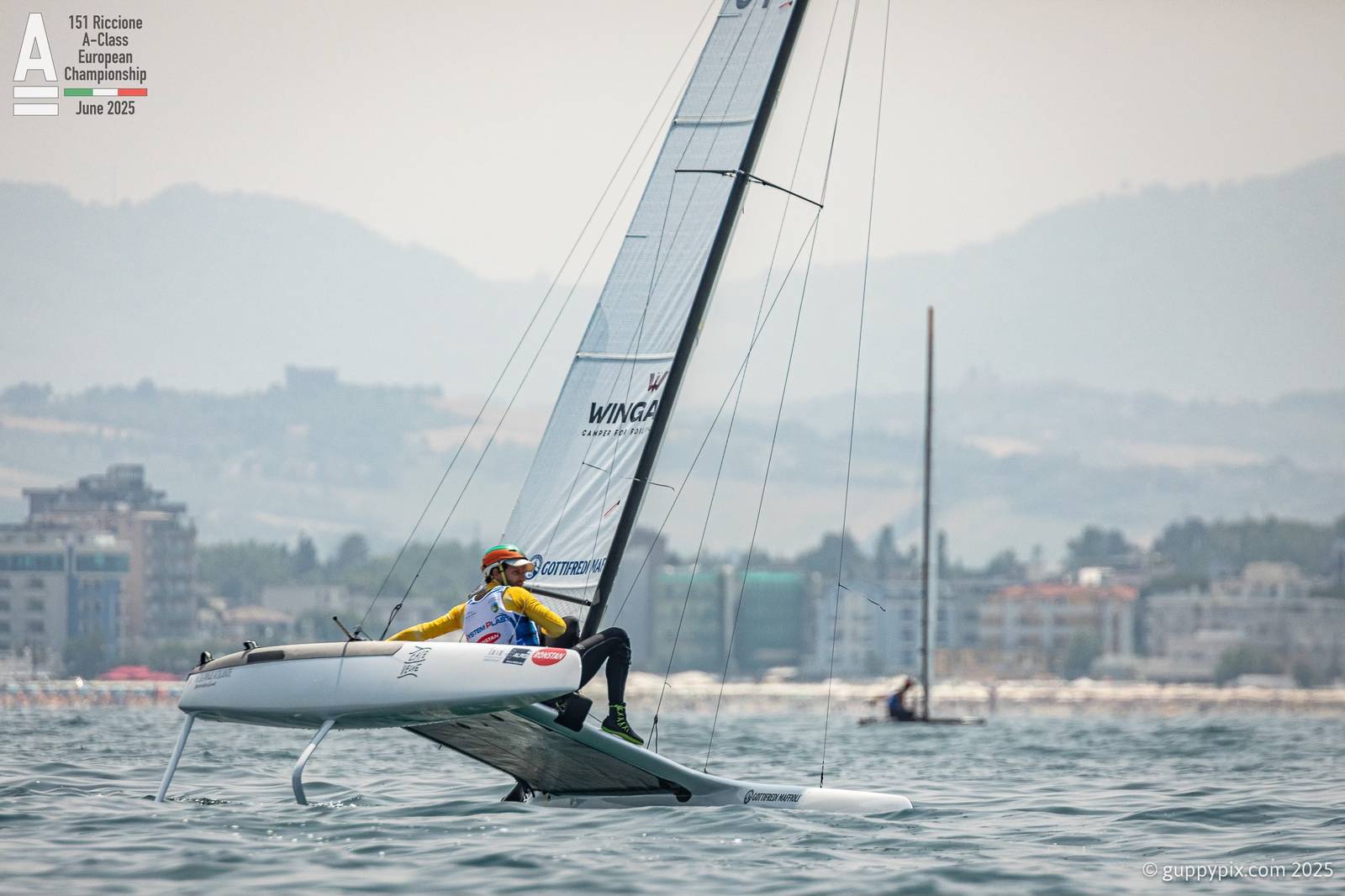
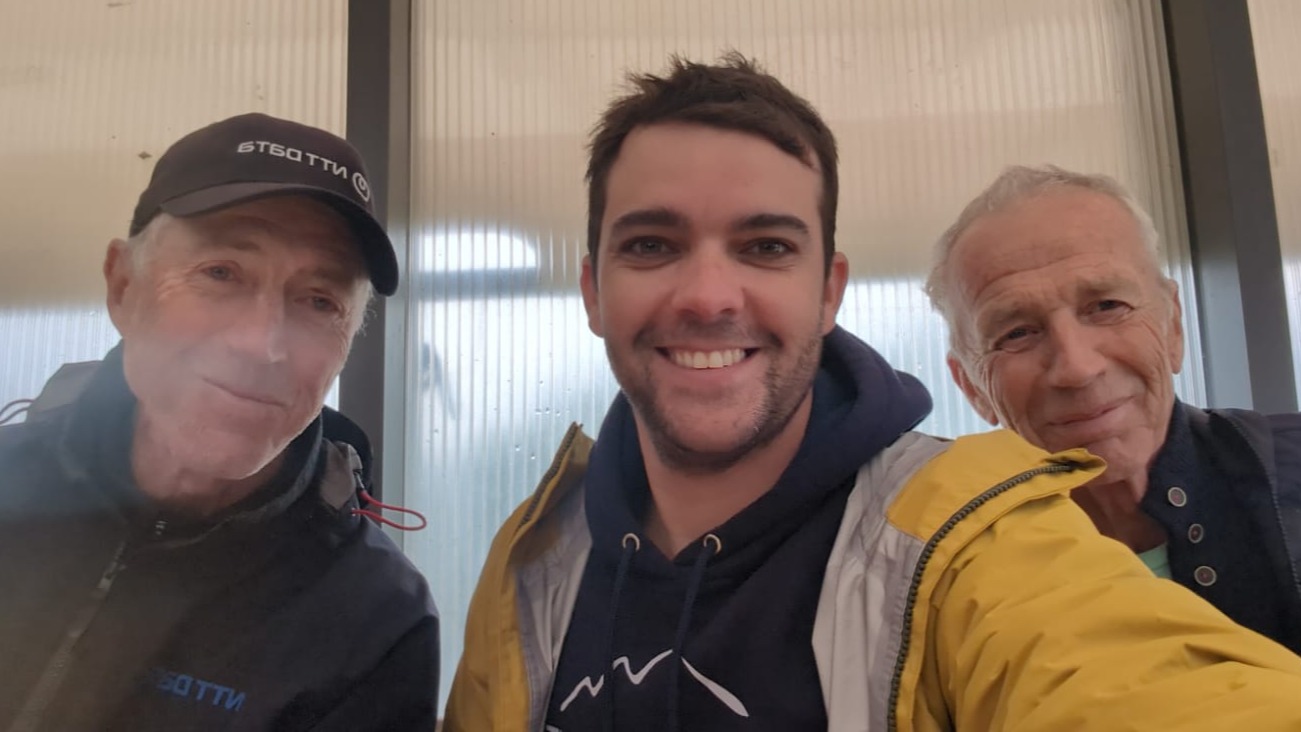
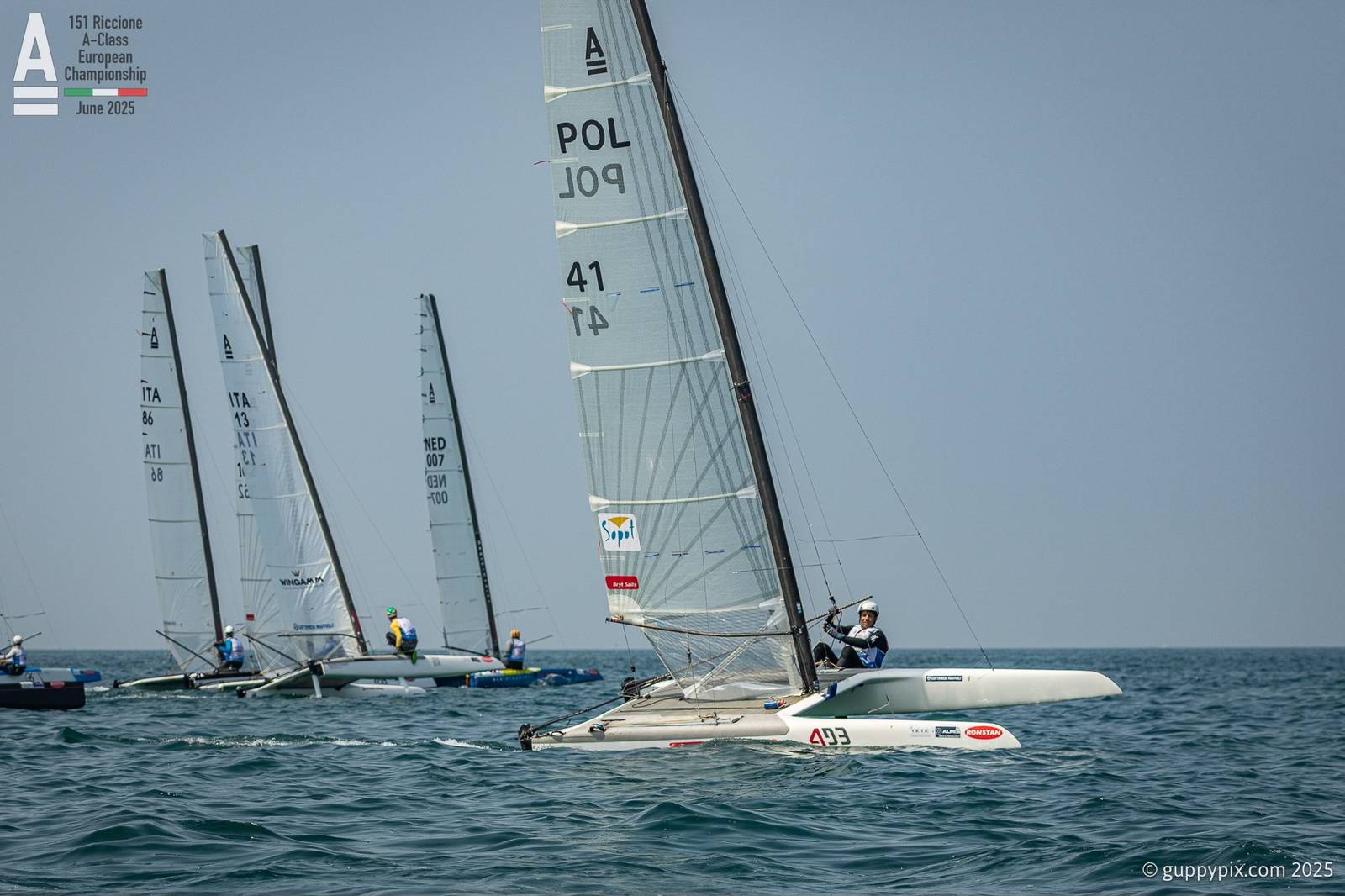
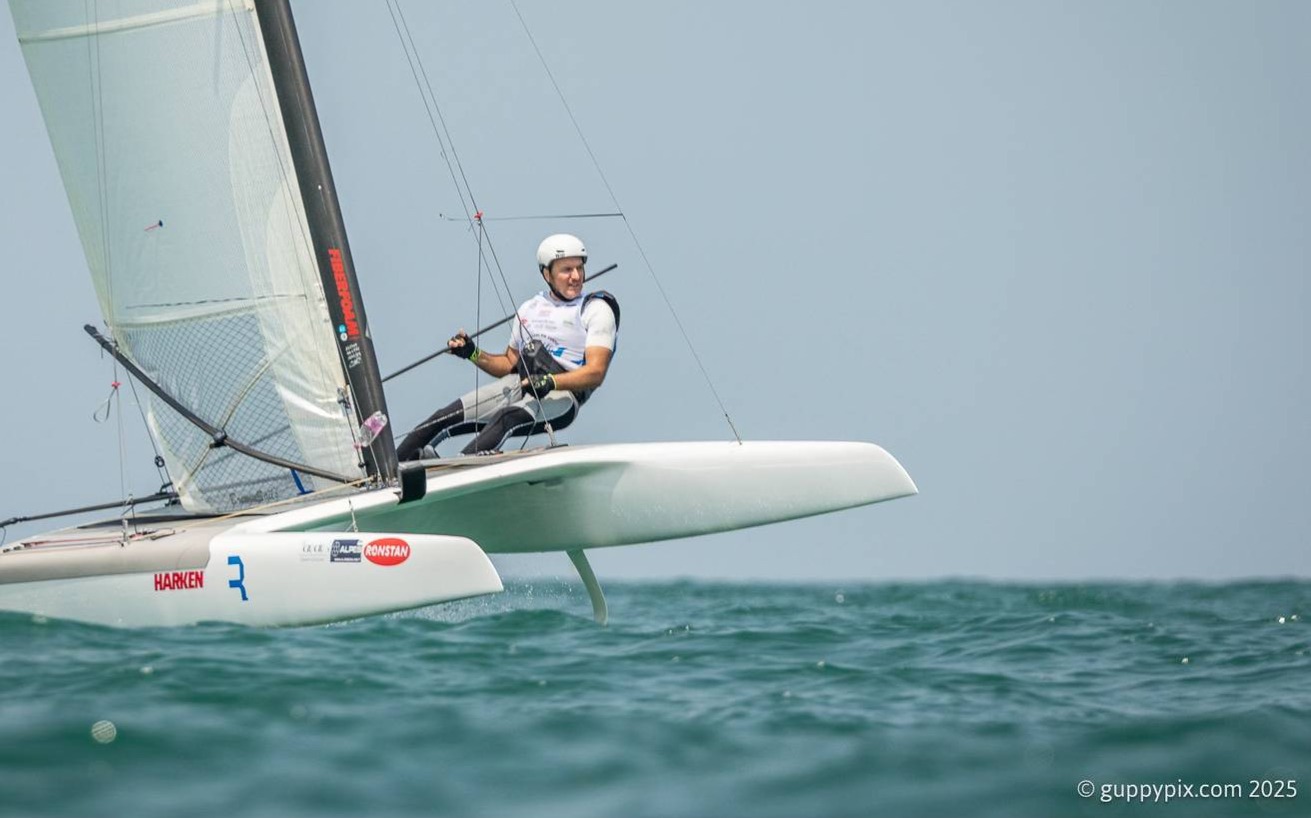
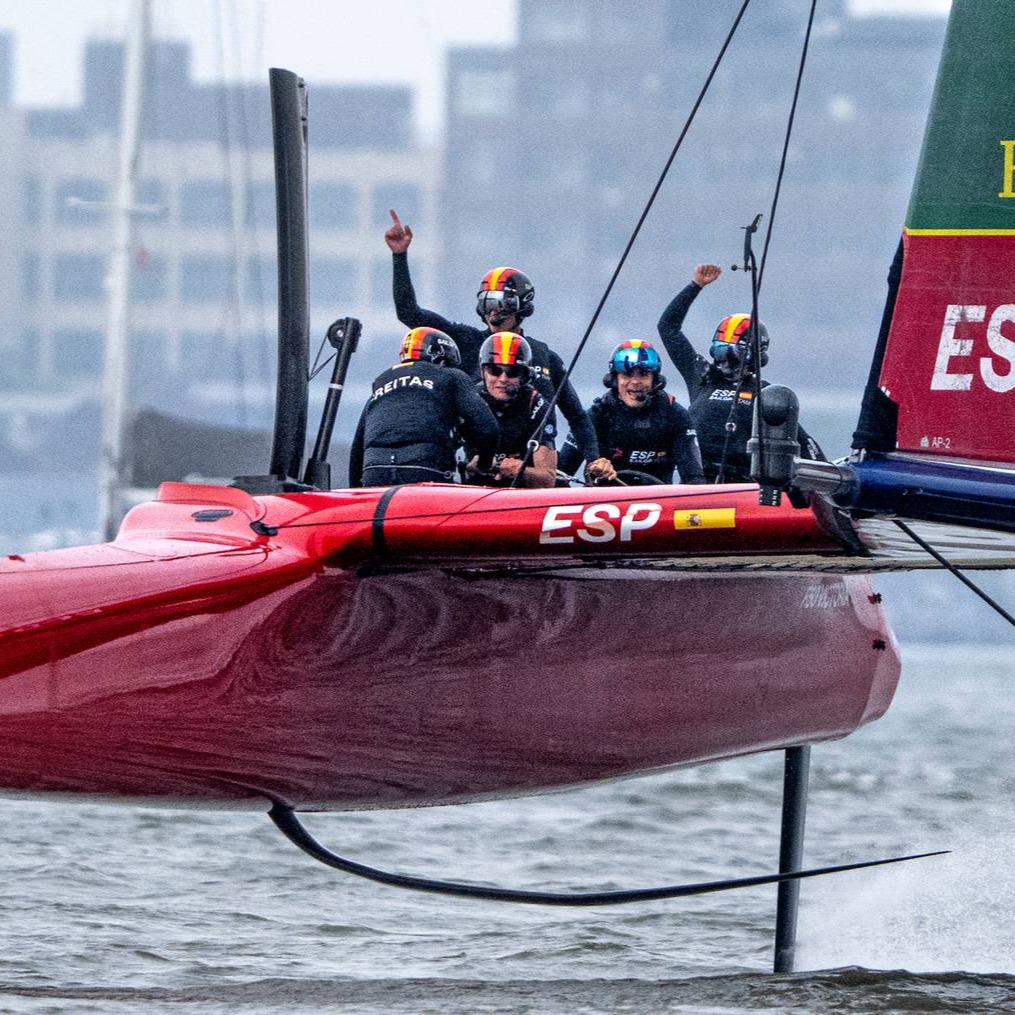
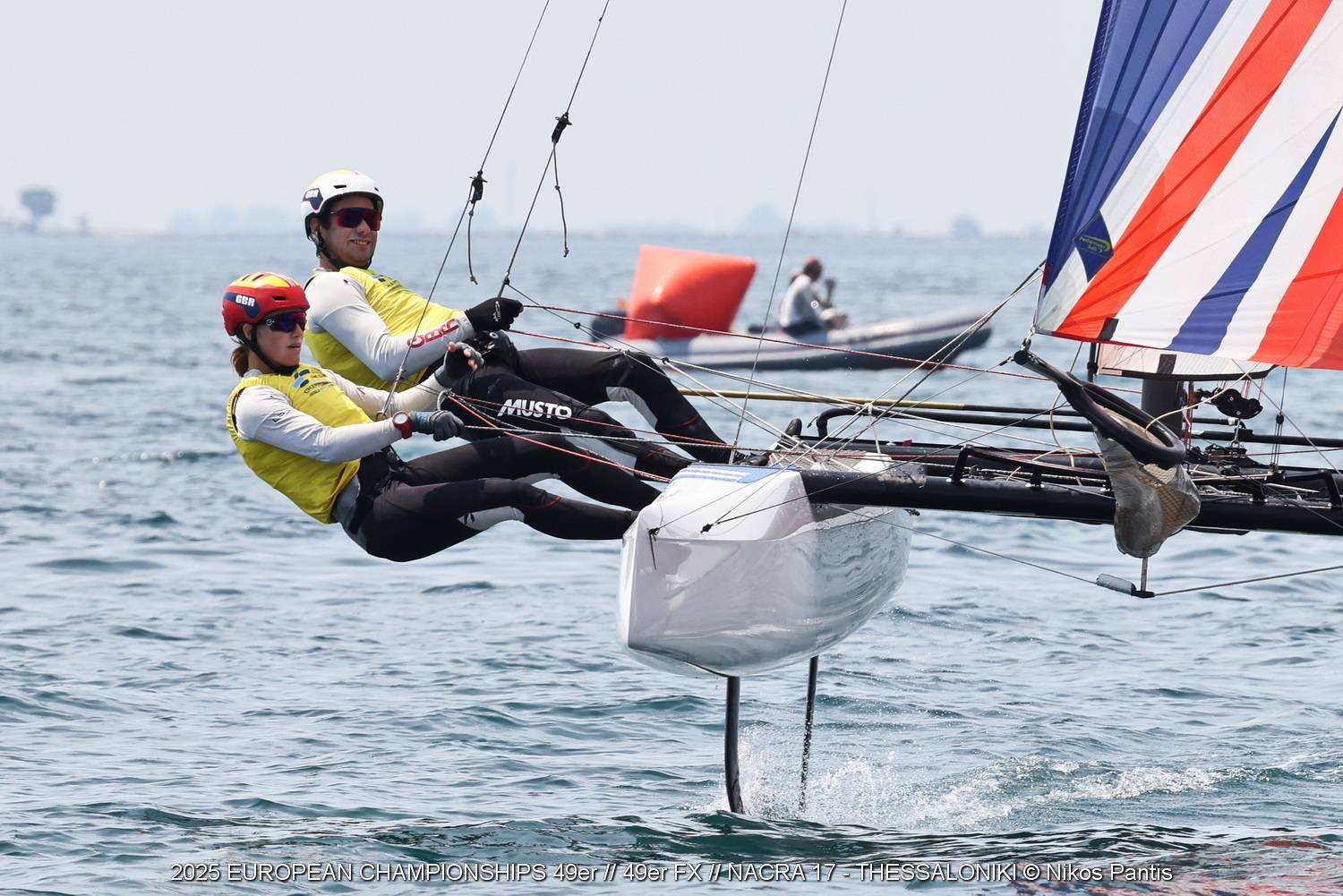
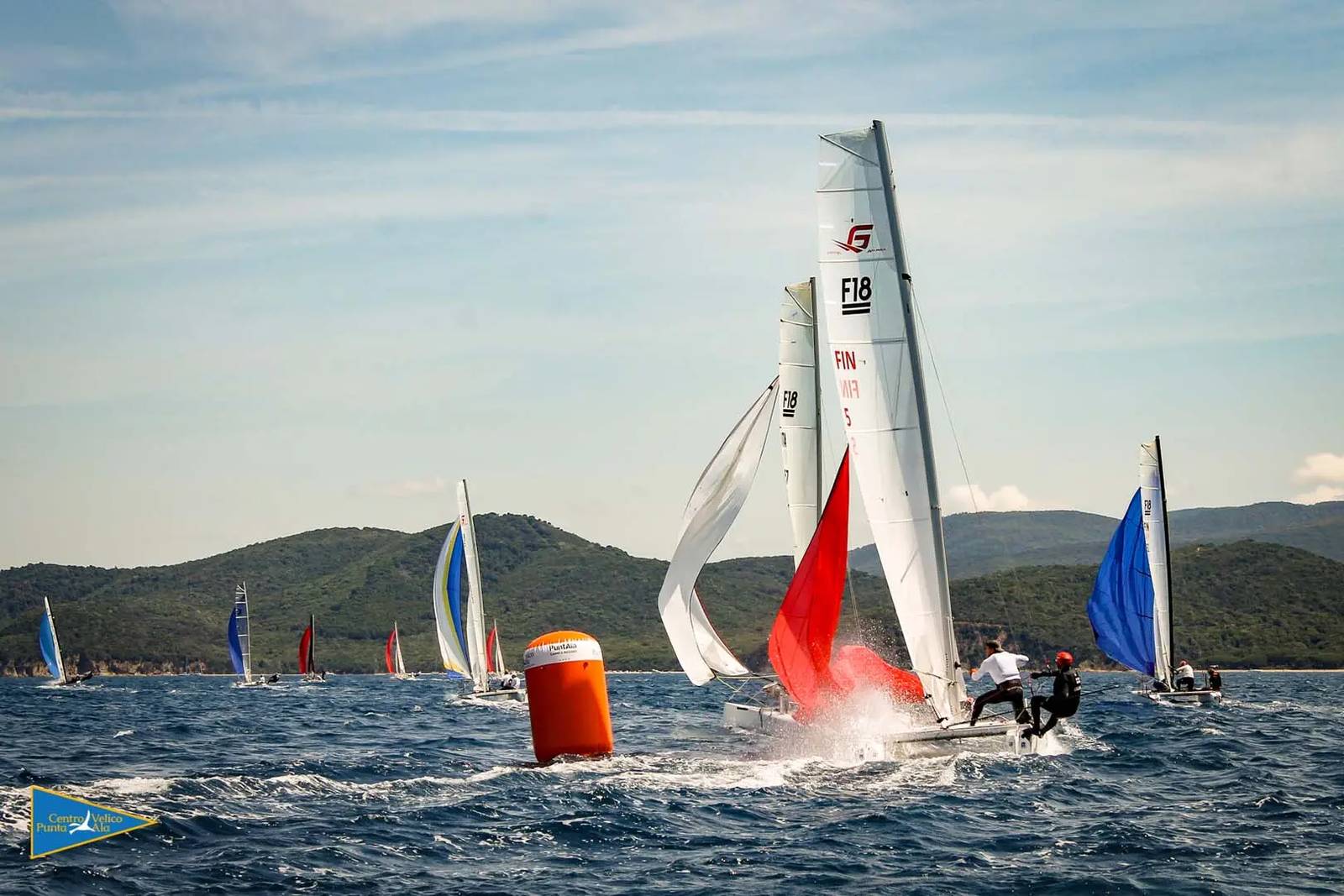
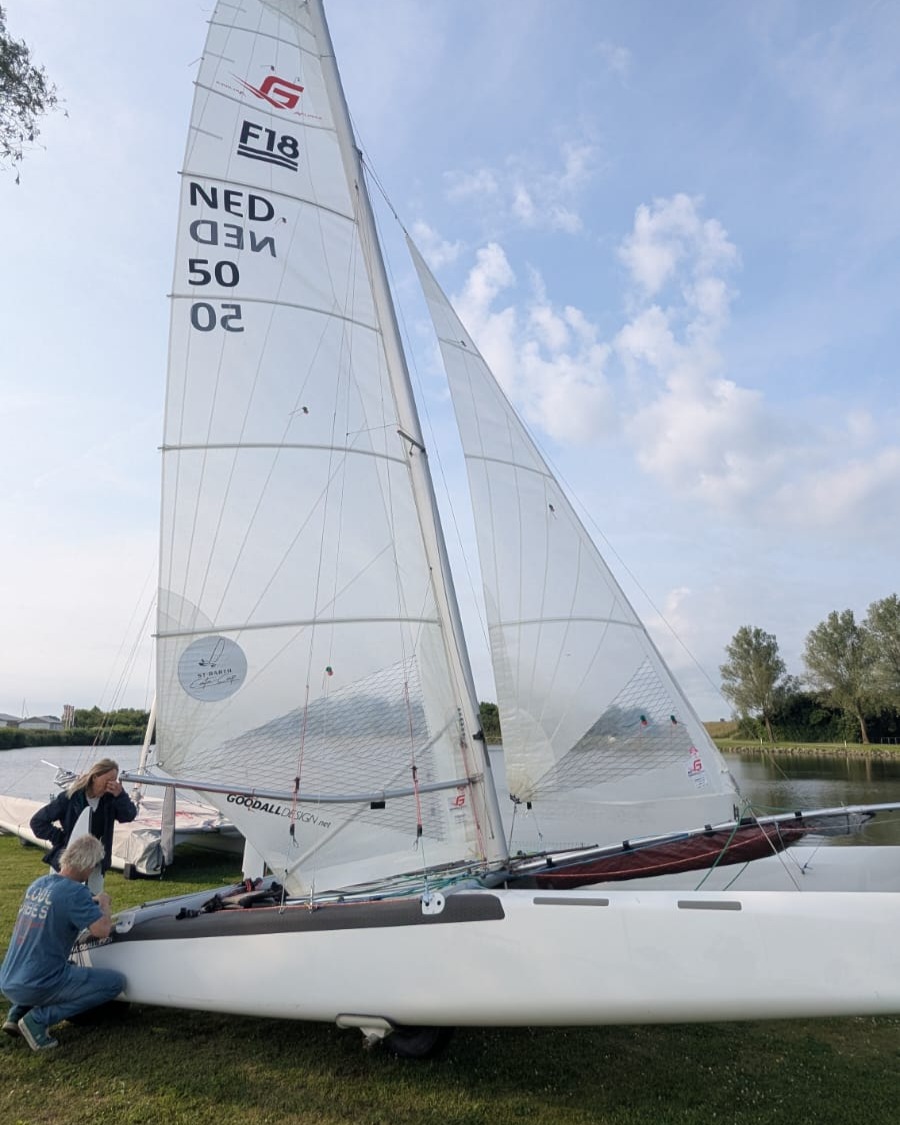
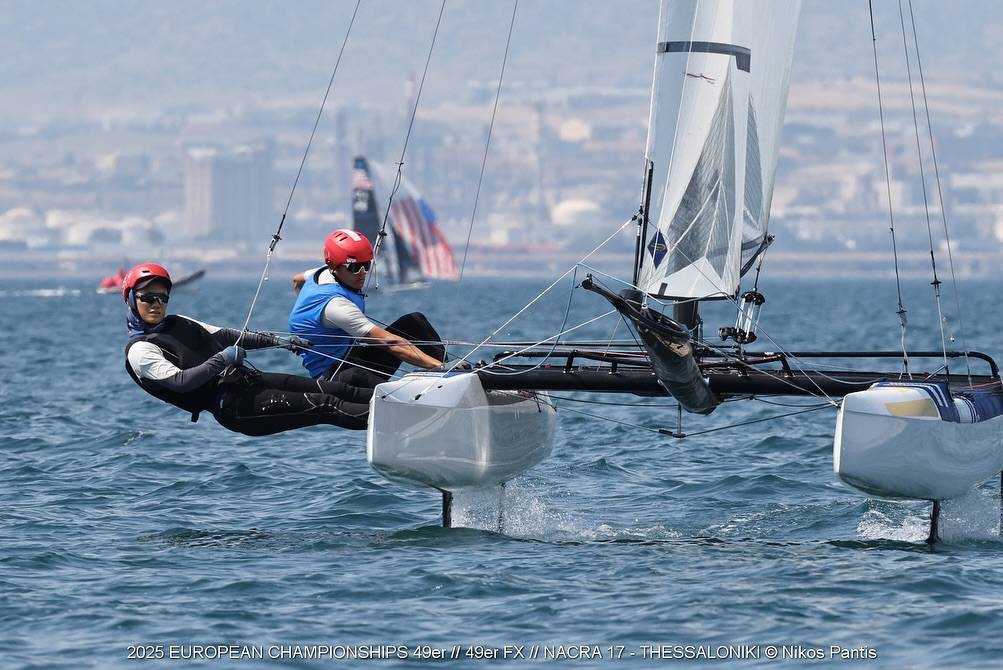



















Teo di Battista , 3° of Classic using Exploder Ad3 2016 version instead Scheurer .
I just heard that my great sailing friend and former CEO of Hobiecat Europe has passed. May The endless oceans…
...Report was sent by an F18 Sailor, if you want Hobies reported send your own, we'll publish as usual. Cheers.
Looks like in your report the Hobies are not really present. Suggest to rewrite the article.
Thanks for the great report Wik. Great battle.